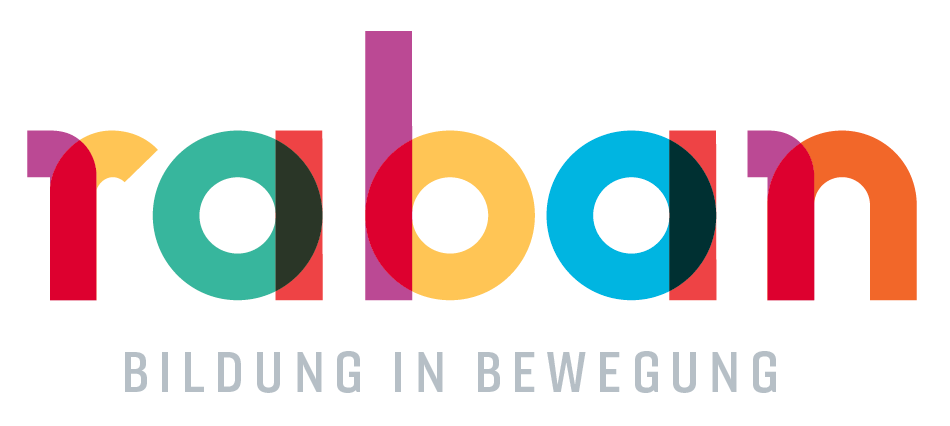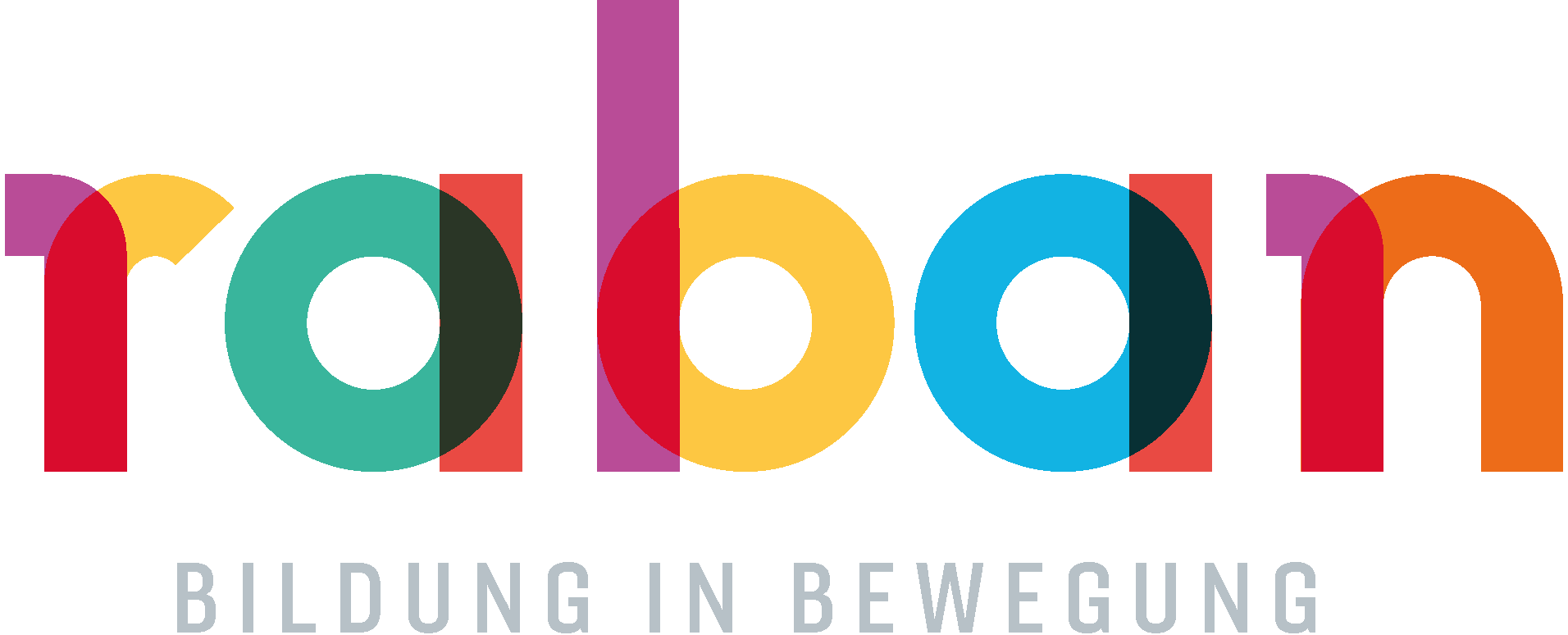RABAN
St. Michael’s Church
in Fulda
HISTORY
Fulda and Petersberg: Milestones in European History
Founded in 744, the Fulda monastery was one of the earliest in the eastern Frankish realm. The Frankish realm came into being as the result of Charlemagne’s military conquests. It consisted of several very different tribes which had their own ways of life, legal systems and cultural characteristics.
Charlemagne recognised that education was the basis through which the tribes could be permanently brought together in a peaceful realm. In order to improve education throughout the empire he particularly supported the monasteries with their schools, scriptoria and libraries.
The monastery of Fulda was one of the most important pillars of this policy. This reform led to a pivotal turning point in the history of the Christian Occident. On the basis of these changes a common culture developed over time.
Raban in Fulda
One of the central figures in pursuing these reforms was Raban (Hrabanus Maurus): teacher, school director and abbot of the Fulda monastery and for many years active in Fulda’s affiliated monastery in Petersberg.
Raban’s valuable works, which are still in use today, include commentaries on the Bible, poetry and texts on the training of clergy, grammar, the calculation of the calendar and a comprehensive encyclopaedia. Raban aimed to gather all the knowledge available at that time in the monastery library. To this end he corresponded with scholars from all over the empire and people seeking knowledge were attracted to his famous school. Due to these developments the monastery became an enormously powerful educational force.
Thanks to the Fulda scriptorium the knowledge also reached the people in far-flung places. The general use of Latin as a commonly understood language and the development of the Carolingian miniscule, which still influences our writing today, facilitated cross-border communication.
Fulda, Petersberg and Raban stand for the achievements in the field of education, made possible by a widespread network, which led to the beginnings of the fusion of many different peoples to form one community: that which we today call Europe.
AIMS
Our Aims
We would like to make children and young people aware of the importance of education and transcultural dialogue for both the origins as well as the future of Europe.
We want to show that the coming together of different cultures has always enriched humankind and that self-isolation is not the solution to our current problems.
In a scientifically based, but at the same time playful way, we want to pose the question of how the Carolingian educational movement and figures like Raban can help us find orientation when confronted by European challenges.
Employing the “Communication Model for Built Heritage Assets” we want to cultivate personal identification with our multi-faceted European cultural heritage by running programmes aimed at specific groups.
ST. PETER
IN PETERSBERG
PROJECT
WHO
Who We Are
The steering group of this project consists of representatives from the following groups:
Fulda City Council (project leader) | Petersberg Municipality | Fulda Diocese | Fulda Faculty of Theology with the Seminary College Library and the Institute Bibliotheca Fuldensis | Fulda University of Applied Sciences with the University, Federal State and Municipal Library | Vonderau Museum, Fulda | Kinder-Akademie, Fulda | State Education Department, Fulda | Zukunft Bildung Region Fulda e. V. | VIA REGIA – Working Group, Fulda | Fuldaer Geschichtsverein e. V. | Frauenberg gGmbH with the Frauenberg Franciscan Monastery and the antonius foundation | The Hesse State Department for Conservation
The steering group is supported by the following institutions:
Bonifatiushaus, Fulda | Benedictine Abbey, Fulda | Cella St. Lioba Petersberg | Petersberg Catholic Parish
Heimatverein Petersberg e. V. | Förderverein Propstei Johannesberg
The Fulda monastery and its famous school with its school director Raban demonstrated as early as the 9th century that education and knowledge are founded on a cross-border exchange of information. Fulda and Petersberg are more suited than any other place to illustrate the significance of education as one of the principle fundaments of today’s Europe.

